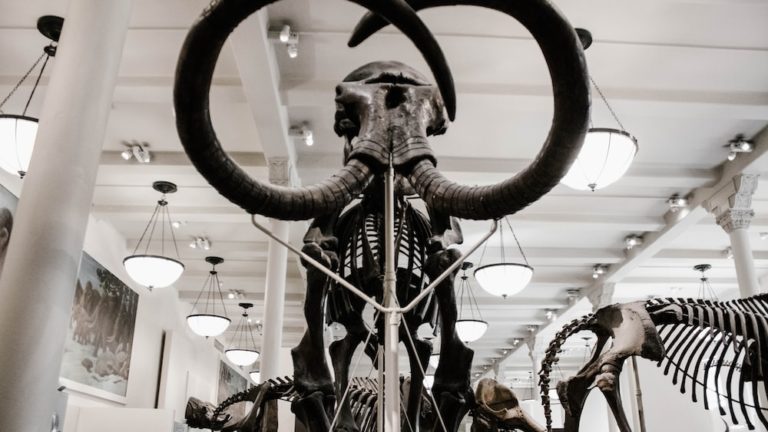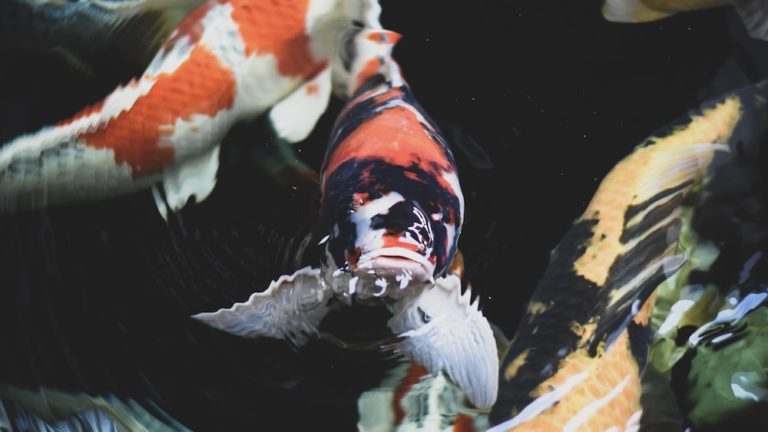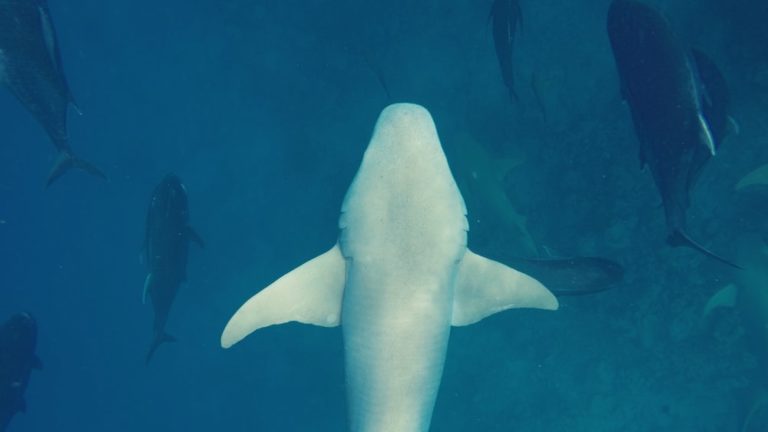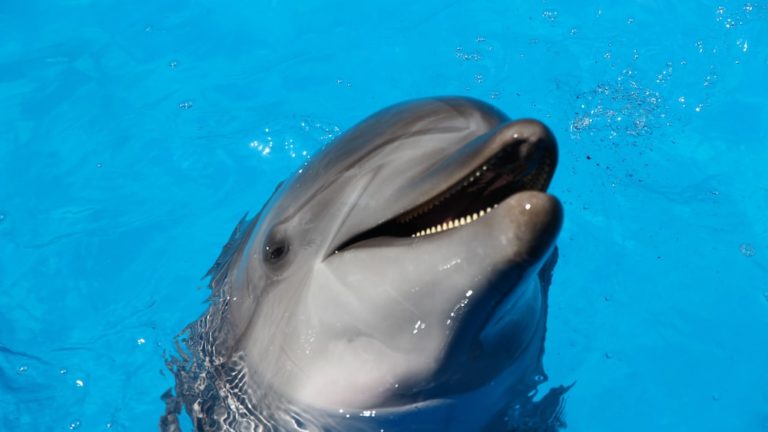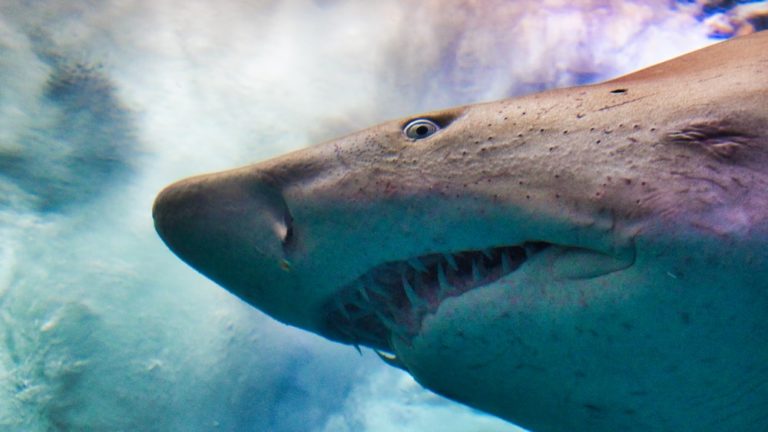Discover What Stingrays Eat: Do Stingrays Eat Crabs?
Discover What Stingrays Eat: Do Stingrays Eat Crabs?
Venturing into the majestic blue, a sense of wonder washes over us as we observe the graceful glide of stingrays across the ocean floor. As marine life enthusiasts, conservationists, and eco-adventurers, we’re perpetually intrigued by their ethereal beauty and the roles they play in the marine ecosystem. One question that often bubbles up to the surface of our curiosity is: do stingrays eat crabs?
Key Points:
- Stingrays have a diverse diet including invertebrates, small fish, and crabs.
- Different species of stingrays have different prey preferences.
- Stingrays in the wild play a significant role in maintaining the ecological balance of their habitats.
- Stingrays possess specialized dental plates and powerful jaws to digest the hard shells of crabs.
- Stingrays help regulate crab populations, shaping the overall structure of marine communities.
- Conservation efforts must consider the broader ecological significance of stingray-crab interactions.
This inquiry isn’t just a drop in the ocean of questions about the stingray’s diet. It’s a cascade of intrigue that leads to a deeper understanding of these fascinating creatures and their survival strategies. Crabs, with their enticing flavors and textures, are often thought of as a delectable meal to many predators, including humans. Yet, do stingrays consider these armored delicacies part of their regular menu?
Join me, Jasper, as we dive beneath the waves on a quest to discover the truth about stingray diets. We’ll sift through sand and seaweed to reveal the dietary secrets of these cartilaginous fish and whip up some facts that might just leave your curiosity satiated. So, let’s flipper through the chapters of the stingray’s oceanic cookbook and find out what’s really for dinner!
The Stingray’s Diet Overview
To truly appreciate the stingray’s role within the vast, briny depths, it’s vital to start with what’s on their plate. Across the various species, stingrays have evolved to have a menu that’s as diverse as the underwater landscapes they inhabit. As we explore the gastronomical preferences of these flat fish, we’ll discuss the intricacies of their diets and how these preferences impact the wider ocean environment.
Dietary Habits of Stingrays
Stingrays, with their flattened bodies and long tails, are not your run-of-the-mill fish. They have developed a diet that reflects their specialized niches in the marine world. Crawling along sandy bottoms, they seek food that hides beneath them, using electroreceptors to detect the slightest movements or the faintest electric fields given off by potential prey.
They prefer a smorgasbord of invertebrates and small fish, which they find buried or swimming near the ocean floor. This might include mollusks, worms, and, yes, the crustacean we all wonder about – crabs. In sharing these dietary delights, stingrays play their part in the great circle of undersea life, acting as predators that help maintain the balance of species in their habitat.
Stingrays have a specialized diet of invertebrates and small fish, using electroreceptors to detect prey hidden in the sand.
The Role of Crabs in a Stingray’s Diet
Do stingrays eat crabs? The answer isn’t as simple as a yes or no. Crabs do indeed form a part of the stingray diet, but the extent of their role is a deeper dive. For some stingray species, crabs are a main course, served up frequently on the seabed’s buffet. For others, they’re an occasional snack, selected when other options are scarce.
Crabs provide stingrays with a nutrient-rich meal, packed with the proteins and minerals vital for their health and vitality. The chitin in the crab’s exoskeleton might seem like a tough nut to crack for some creatures, but not for the stingray with its unique method of feeding which we will explore. While these critters can be a crackerjack meal, stingrays also help keep crab populations in check, illustrating the intricate web of the marine ecosystem.
Types of Stingrays and Their Prey Preferences
As we glide over the ocean floor, following a stingray’s shadow, it’s clear that not all stingrays groove to the same beat when it comes to dining. Different species have developed their own dietary rituals and preferences, and these can vary dramatically depending on whether they inhabit freshwater or marine environments. Let’s submerge into the details of what types of prey attract different types of stingrays.
Freshwater Stingrays
Freshwater stingrays are like the hidden DJs of riverbeds and lakes, often overlooked but always spinning the tracks of the ecosystem. They typically enjoy a diet that might seem a bit more down-to-earth, feasting on snails, worms, and yes, sometimes the freshwater equivalent of crabs. These stingrays are known to have a diverse palate, making the most of the buffet that their watery habitats offer.
These river roamers might not encounter crabs as frequently as their salty cousins do, but when they do, they make sure it’s a meal worth savoring. They use their unique hunting skills to pinpoint and prey upon these crustaceans whenever they get the chance, showing that despite the difference in environment, some culinary tastes remain universal.
Marine Stingrays
When it comes to marine stingrays, we’re talking about the connoisseurs of the ocean floor. These flat-bodied aficionados reign over the salty domain with grace. Each species exhibits a preference for certain prey, and where crabs scuttle, you can be sure some stingrays won’t be far behind, ready to enjoy the seafood sensations of the deep.
Marine stingrays tend to have a more carnivorous leaning in their diet, with the array of shellfish, cephalopods, and fish playing a substantial part in their diet. And crabs? They are among the favored choices when available. Some stingrays might even specialize in crab-hunting, waiting for the perfect moment to pounce on this crabulous feast. Whether by stalking or ambush, marine stingrays have refined their hunting to an art, with crabs often being the centerpiece of their undersea gallery.
Marine stingrays are skilled hunters with a preference for crab and other seafood, showcasing their carnivorous nature and refined hunting techniques.
How Stingrays Hunt and Capture Crabs
Have you ever wondered how a seemingly tranquil stingray snags a swift and armored crab? It’s an underwater ballet, combining stealth, speed, and strategy, a dance that reveals the true adaptability of these ocean goers.
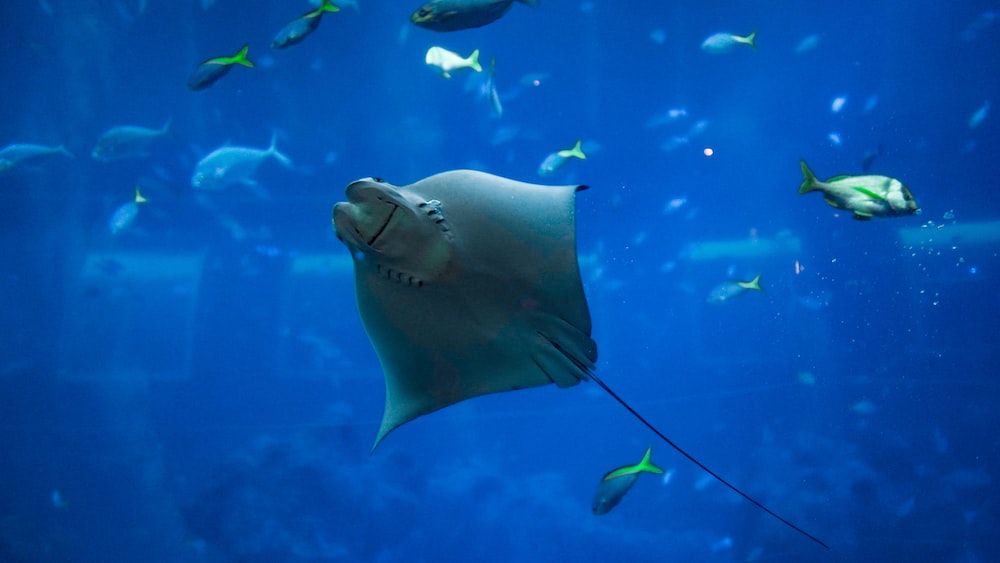
Hunting Techniques
The cunning stingray has more than a few tricks tucked under its fins when it comes to nabbing a nippy meal. Their hunting techniques are as varied as their diet, but when it comes to crabs, they’ve certainly honed their craft. Whether it’s by lying in wait, camouflaged against the sandy floor, or actively pursuing their prey, stingrays utilize their environment to their advantage.
Feeding Mechanisms
Once in striking range, the feeding mechanisms of stingrays are truly a sight to behold. Using their powerful jaws and specialized teeth, they can crush and grind the toughest of crab shells. It’s their version of opening a tough jar lid – a challenge, sure, but far from impossible for these adept predators. With a combination of suction and digging, they deftly extract their quarry from the ocean’s substrate.
Nutritional Value of Crabs for Stingrays
When it comes to the underwater buffet, crabs are akin to a nutritious feast with a sturdy packaging. Loaded with protein, vitamins, and minerals, they offer stingrays a well-rounded meal, essential for maintaining their muscular physiques and overall health.
Benefits of Crabs in Stingray Diet
The benefits of chowing down on crabs are multifold for stingrays. Rich in calcium and other vital nutrients, crabs help keep stingray’s cartilaginous bodies robust and resilient. It’s like eating a meal that doubles as a vitamin supplement, ensuring they can keep on gracefully flapping those fins for days on end.
Chowing down on crabs provides stingrays with essential nutrients that keep their bodies strong and resilient, like a meal that doubles as a vitamin supplement.
Frequency of Crab Consumption
Considering the nutritional jackpot that crabs present, it’s no surprise they are often snatched up when spotted by stingrays. However, the frequency of a crab dinner can hinge on several factors: the availability of prey, the stingray’s habitat, and the evolutionary adaptations of the species in question. Some might feast on these crunchy critters frequently, while others only occasionally indulge in such a crustacean delicacy.
Stingray Feeding Behavior in Different Habitats
Stingrays exhibit diverse feeding behaviors based on their habitat. In the wild, they are adept at foraging for a variety of prey, including small fish, mollusks, and crustaceans. In captivity, their feeding behavior is often influenced by the availability of food and the feeding schedule implemented by caretakers. The differences in feeding behavior between wild and captive stingrays can provide valuable insights into their dietary needs and preferences, contributing to ongoing efforts to enhance their welfare and conservation.
Stingrays in the Wild
In the wild, stingrays display remarkable adaptability in their feeding behavior, thriving in various aquatic environments such as coral reefs, estuaries, and open ocean habitats. Their diet in the wild typically consists of a wide range of marine organisms, including crustaceans like crabs, shrimp, and lobster, as well as small fish and bivalves. Stingrays use their specialized electroreceptors and keen sense of smell to detect and capture prey, showcasing their remarkable hunting prowess. Their hunting and feeding practices are essential components of the intricate ecological balance within their natural habitats.
Stingrays are known to exhibit distinct feeding behaviors in the wild, reflecting their ability to adapt to diverse ecosystems and food sources. Their hunting techniques are often influenced by the specific characteristics and dynamics of their natural habitat, showcasing the evolutionary adaptations that have enabled them to thrive in various marine environments. Understanding the feeding behavior of stingrays in the wild is crucial for conservation efforts and ecosystem management, as it offers valuable insights into their ecological role and the intricate dynamics of predator-prey relationships within their native habitats.
Stingrays in the wild play a significant role in maintaining the ecological balance of their respective habitats through their feeding behavior. By consuming a variety of prey, including crabs, mollusks, and small fish, they contribute to regulating the population of their prey species. Additionally, as both predators and potential prey for larger marine animals, stingrays are integral to the intricate web of life in marine ecosystems. Studying their feeding behavior in the wild provides essential knowledge for conservation initiatives and the sustainable management of marine resources.
Stingrays in Captivity
In captivity, stingrays are often provided with a controlled diet that aims to replicate their natural feeding habits while ensuring optimal nutrition and health. Caretakers closely monitor their feeding behavior and dietary intake to maintain their well-being and prevent overfeeding. The feeding mechanisms employed in captivity are designed to mimic the challenges of foraging in the wild, promoting physical activity and mental stimulation for the stingrays. By observing their feeding behavior in controlled environments, researchers and aquarium staff gain valuable insights into the nutritional requirements and behavioral patterns of stingrays, contributing to their welfare and conservation.
Stingrays in captivity often exhibit distinct feeding behaviors compared to their wild counterparts, influenced by factors such as the type and availability of food, social interactions, and environmental stimuli. Adjusting to a controlled feeding regimen, captive stingrays demonstrate unique feeding mechanisms and preferences, reflecting the impact of their environment on their dietary habits. Understanding the feeding behavior of stingrays in captivity is essential for providing them with appropriate care and enrichment, ensuring their physical and psychological well-being during their time in human care.
Understanding the feeding behavior of stingrays in captivity is essential for providing them with appropriate care and enrichment, ensuring their physical and psychological well-being during their time in human care.
Impact of Stingrays on Crab Populations
Predator-Prey Dynamics
The interaction between stingrays and crab populations exemplifies the intricate predator-prey dynamics within marine ecosystems. As natural predators of crabs, stingrays contribute to regulating crab populations and maintaining the ecological balance of their habitats. The predation pressure exerted by stingrays on crab populations influences the distribution and abundance of crabs, shaping the overall structure and dynamics of coastal and marine communities. Understanding the predator-prey dynamics between stingrays and crabs is crucial for comprehending the ecological impacts of their interactions and informing conservation strategies aimed at preserving the diversity and stability of marine ecosystems.
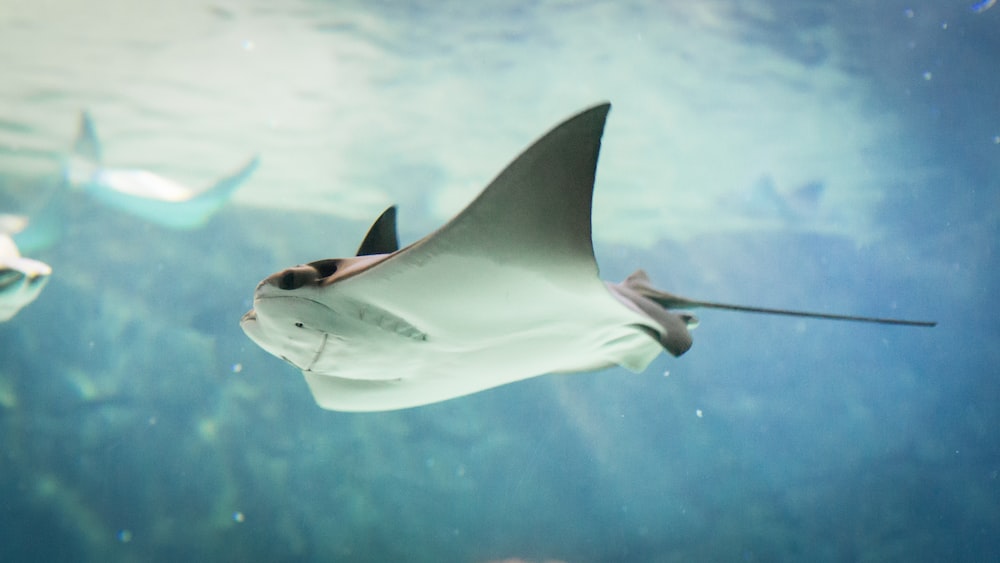
Conservation Concerns
The impact of stingrays on crab populations raises important conservation concerns regarding the potential implications of changes in their abundance and distribution. While the predation of stingrays plays a natural role in regulating crab populations, anthropogenic factors such as habitat degradation, overfishing, and climate change can disrupt this delicate balance. Conservation efforts must consider the broader ecological significance of stingray-crab interactions and address the potential threats to both species. By safeguarding the habitats and populations of stingrays and crabs, conservation initiatives contribute to the overall resilience and sustainability of coastal and marine environments, preserving the intricate relationships between these species.
FAQs
1. Do all species of stingrays eat crabs?
Stingrays exhibit diverse dietary preferences, and while crabs are a significant component of the diet for many species, not all stingrays consume crabs. The feeding habits of each species are influenced by their specific ecological niche and the availability of prey within their habitats. Therefore, the consumption of crabs varies among different species of stingrays, reflecting their adaptability to diverse food sources and environmental conditions.
2. How do stingrays digest the hard shells of crabs?
Stingrays possess specialized dental plates and powerful jaws that enable them to crush and grind the hard shells of crabs, facilitating the digestion of their exoskeletons. Additionally, their digestive systems are equipped with strong acids and enzymes that aid in the breakdown of chitinous material, allowing them to extract essential nutrients from the tough exoskeletons of crabs.
3. Can stingrays hunt crabs in any type of environment?
Stingrays are adept hunters and can effectively pursue crabs in various aquatic environments, including coastal areas, estuaries, and coral reefs. Their remarkable adaptability and sensory capabilities enable them to navigate diverse habitats and capture crabs utilizing their specialized hunting techniques and feeding mechanisms.
4. What other animals are part of a stingray’s diet besides crabs?
In addition to consuming crabs, stingrays feed on a wide range of marine organisms, including small fish, mollusks, shrimp, and bivalves. Their diverse diet reflects their role as opportunistic predators within their respective habitats, contributing to the regulation of various prey populations and the overall structure of marine food webs.
Conclusion
In conclusion, the dietary habits and feeding behavior of stingrays, particularly their consumption of crabs, play a pivotal role in shaping their ecological impact and conservation considerations. By exploring the diverse feeding behaviors of stingrays in the wild and in captivity, we gain valuable insights into their nutritional needs, hunting prowess, and the intricate predator-prey dynamics with crab populations. Understanding the impact of stingrays on crab populations and the associated conservation concerns highlights the need for holistic approaches to ecosystem management and the preservation of marine biodiversity. As we continue to unravel the complexities of stingray ecology and their interactions with prey species like crabs, we further our commitment to safeguarding the delicate balance of marine ecosystems and the well-being of these remarkable marine animals.
Thank you for joining me in this exploration of stingray feeding behavior and its implications for marine ecosystems. Your interest in understanding the question “do stingrays eat crabs” is integral to fostering a deeper appreciation for the wonders of marine life. Until next time,
Jasper Flynn



